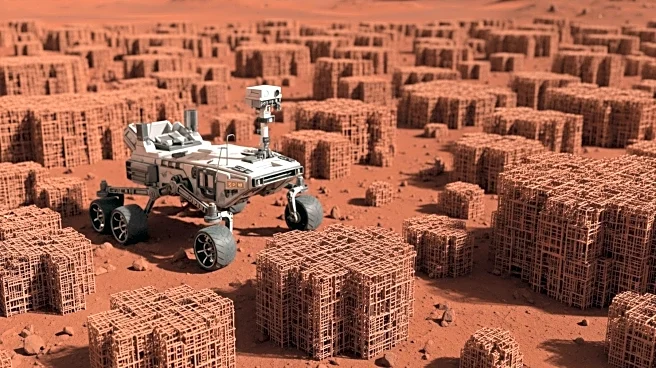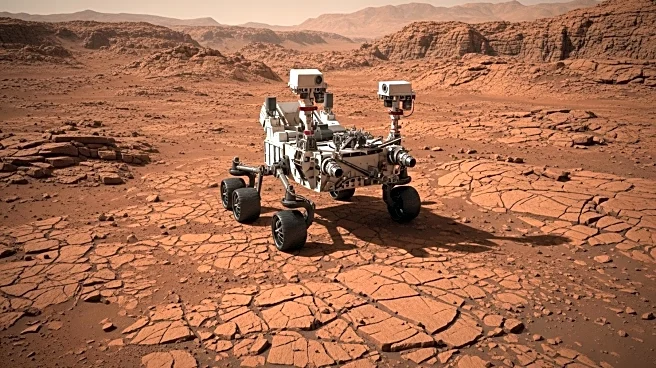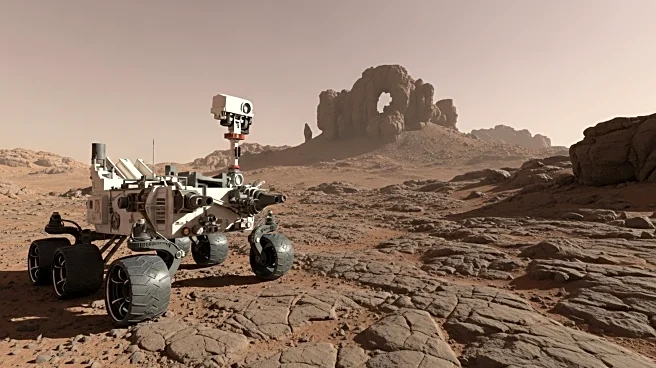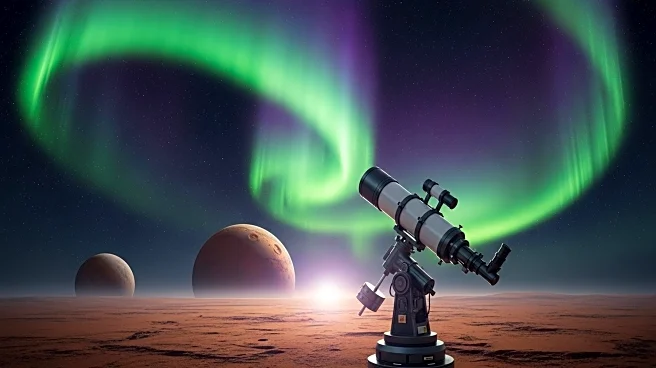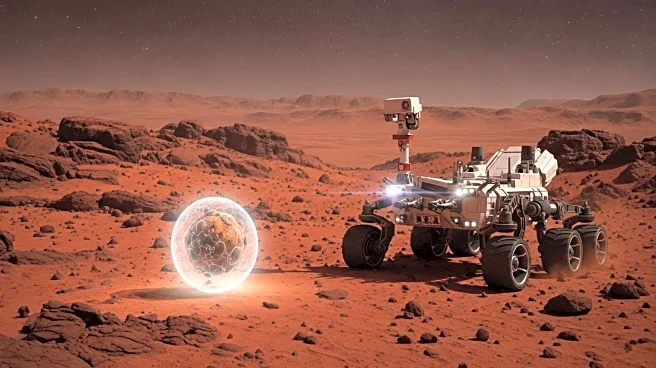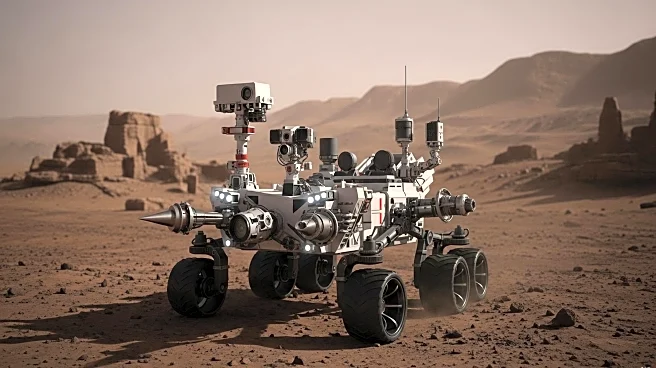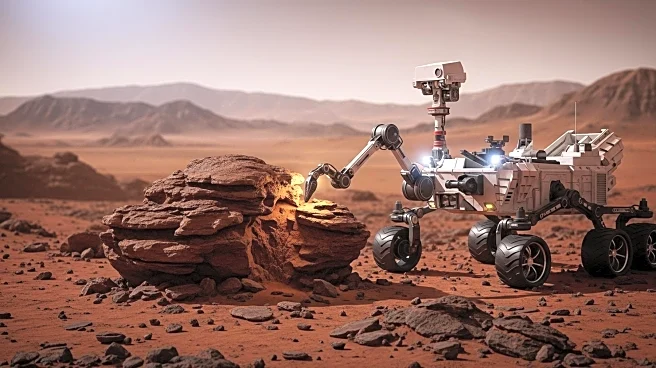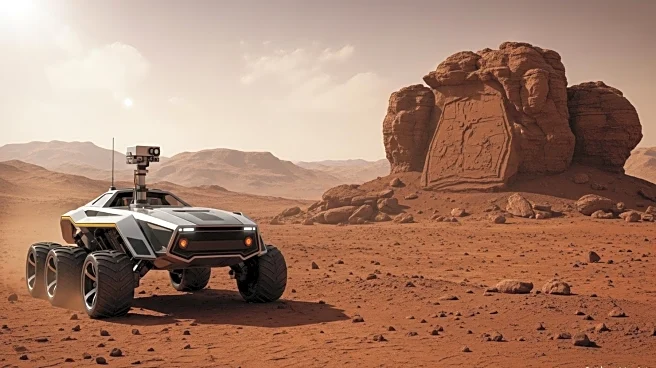What's Happening?
Fifty years ago, NASA's Viking missions marked the first successful landings on Mars, conducting experiments to search for life. The Viking landers carried out three biology experiments, which have since sparked extensive debate and analysis. While one experiment suggested possible biological activity, the others indicated non-biological chemical reactions. The missions also provided valuable data on Mars' atmosphere and surface, contributing to our understanding of the planet's history.
Why It's Important?
The Viking missions laid the groundwork for future Mars exploration, influencing subsequent missions and scientific inquiries. The ongoing debate about the presence of life on Mars underscores the complexity of interpreting extraterrestrial data. These discussions have implications for astrobiology and the search for life beyond Earth, potentially guiding future missions and research priorities.
What's Next?
As scientists continue to analyze Viking data, new models and hypotheses are being developed to explain the findings. Future Mars missions, equipped with advanced technology, may provide more definitive answers about the potential for life on Mars. The scientific community remains focused on refining techniques and methodologies to enhance the search for extraterrestrial life.
Beyond the Headlines
The Viking missions highlight the challenges of space exploration and the need for interdisciplinary collaboration. They also raise philosophical questions about humanity's place in the universe and the implications of discovering life beyond Earth. As technology advances, the ethical considerations of space exploration and planetary protection will become increasingly important.

